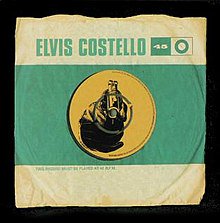This linguistic practice is in fact in Yemeni Arabic, I was told the other day by Julien Dufour. It's surprisingly the opposite of what you find in Egyptian Arabic where kabīr > kibīr but saʿīd
baytu-ši for baytu-ki
kutb for kutub
ʿalma for ʿalima
maḥḥum for maʿa-hum
ʿēbid for ʿābid
hāḏī for hāḏihī
lā ʾilāhun for lā ʾilāha
bi-l-ʾamsu for bi-l-ʾamsi
The dialect that *does* have all these forms the way Classical Arabic has it today: Ḥijāzī.
Likewise he would say: bi-dāri-hū for bi-dāri-hī, fī-hū for fī-hi, and ʿalayhumū for ʿalayhim.
These are features no longer in the Classical language, and show up often, but they are only two features.
Bookwriting is also the reason why I've been rather silent on Twitter lately.



















